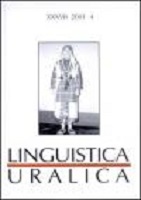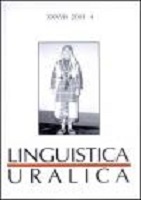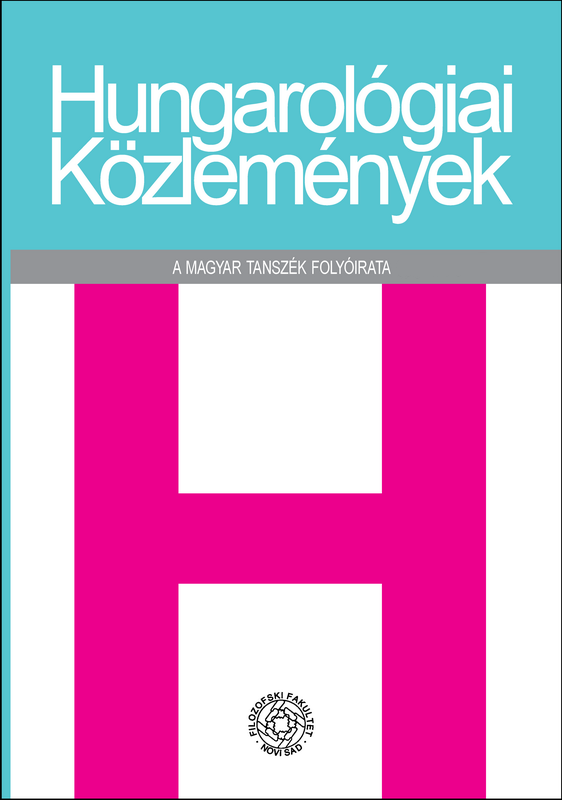
Evolution of the Non-Initial Vocalic Length Contrast across the Finnic Varieties of Ingria and Adjacent Areas
The paper traces the evolutionary path of the non-initial vocalic length contrast in the Finnic varieties of Ingria and adjacent areas, from long vs. short vowels to short vs. no vowels. On the material from living varieties of the Ingrian, Votic, Finnish and Estonian languages, this sound change can be modeled very precisely, with statistical phonetic data analyzed for each stage of it. Among other things, the changes in various types of ratios between long and short vowels are described in more innovative varieties, as compared to Standard Finnish, which represents the most conservative stage. A special section describes a phonetic study on the reflexes of short vowels in Southern Lower Luga Ingrian, as well as in a mixed Siberian Ingrian/Finnish dialect. In these two varieties, vowel reduction, devoicing and elision occur at the most advanced level before the complete vowel loss. Also, a correlated study on phonemic categorization of these vowels by the native speakers is discussed. Both experiments indicate that in Southern Lower Luga Ingrian short vowel reflexes still retain the vocalic phonemic status, while in Siberian Ingrian/Finnish they should already be treated as consonantal features of palalization and labialiazation.
More...

